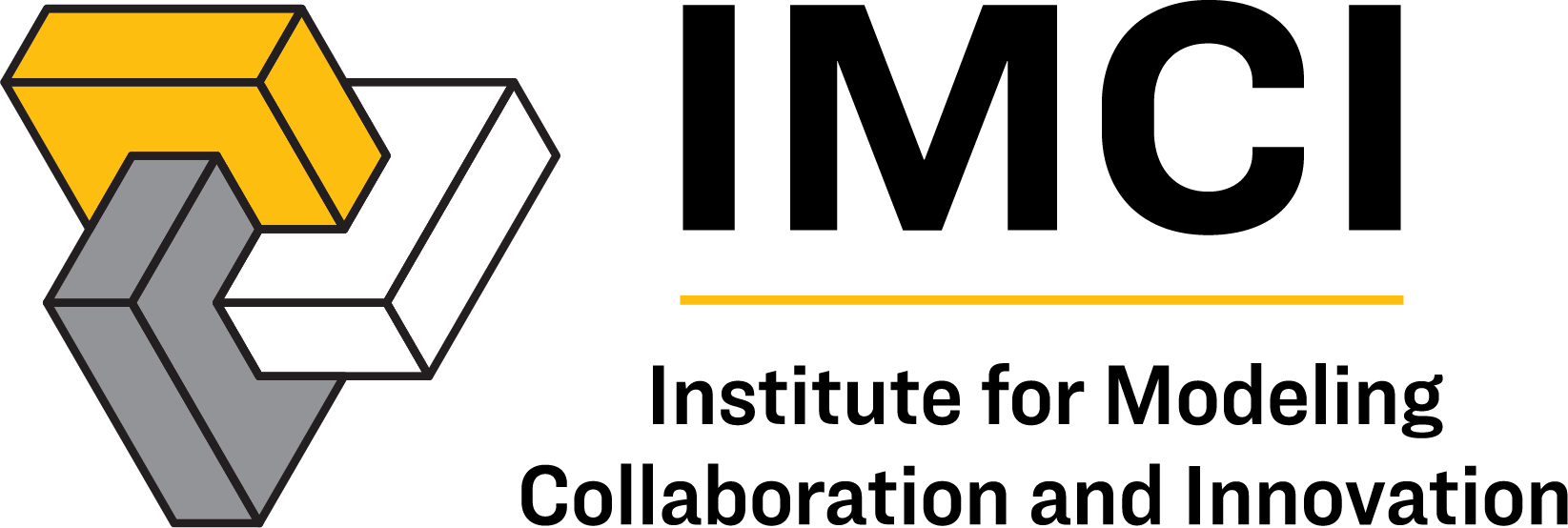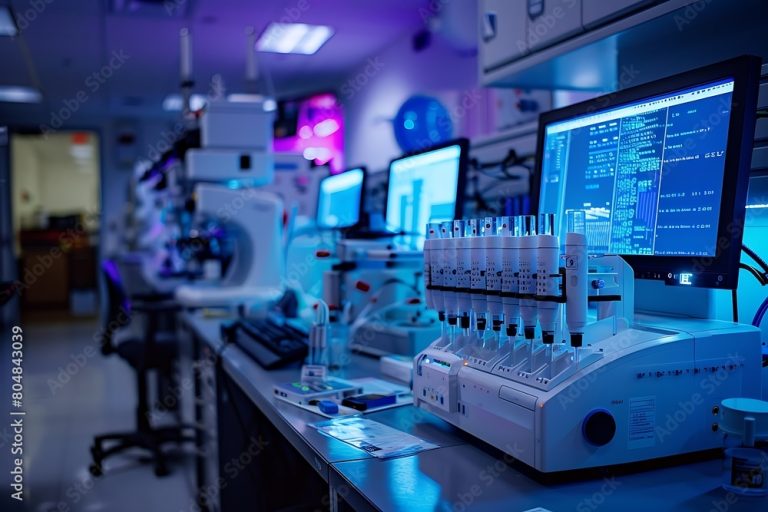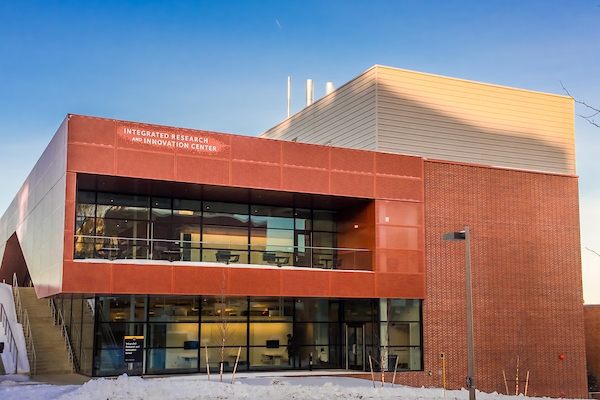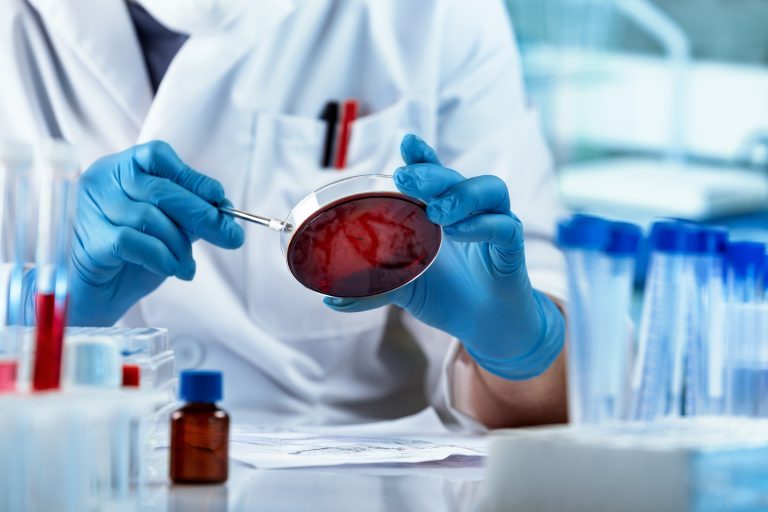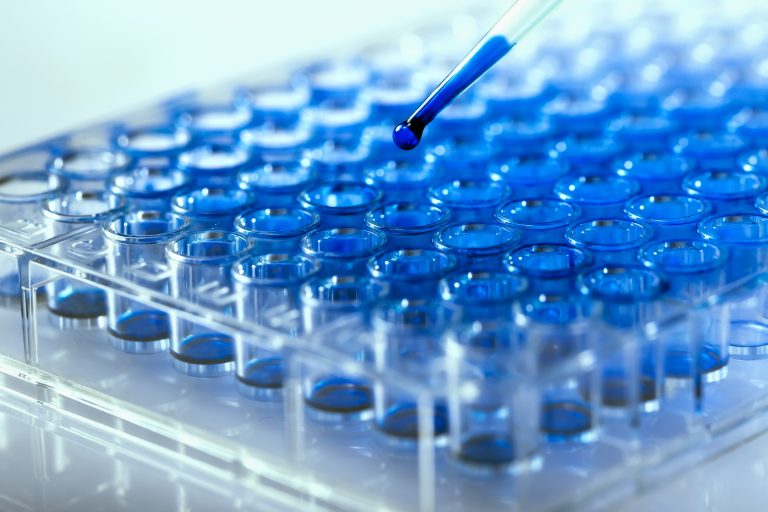Incorporating Bacteriophage into an Experimentally-Tractable Animal Model System
Project Team: James T. Van Leuven, Emma Altman The microbial communities colonizing animal guts are highly influential to host health and development. Animal hosts are impacted by the species of microbes present and temporal changes in their abundances, but the forces governing these dynamics are poorly understood. Bacteriophages modulate bacterial community composition through predation. They…
